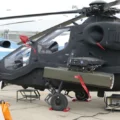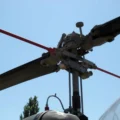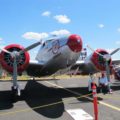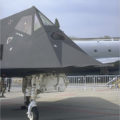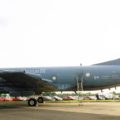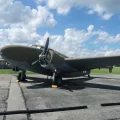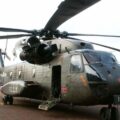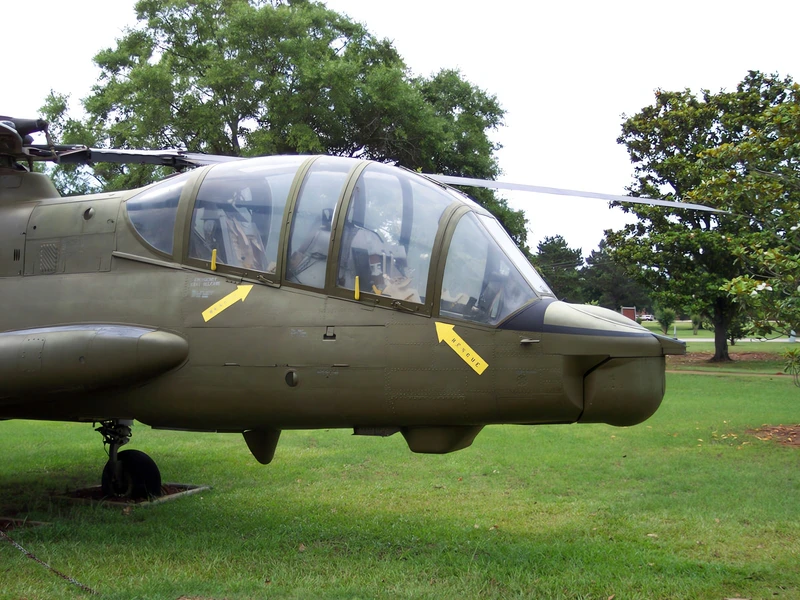
Lockheed AH-56 Cheyenne | |
|---|---|
| País | Eua |
| Papel | Helicóptero de ataque |
| Primeiro voo | 21 de setembro de 1967 |
| Construído | 10 |
O Lockheed AH-56 Cheyenne foi um helicóptero de ataque desenvolvido pela Lockheed para o Exército dos Estados Unidos. Ele surgiu do programa Advanced Aerial Fire Support System (AAFSS) do Exército para colocar em campo o primeiro helicóptero de ataque dedicado do serviço. A Lockheed projetou o Cheyenne usando um sistema de rotor rígido de quatro pás e configurou a aeronave como um helicóptero composto com asas baixas e uma hélice de empuxo montada na cauda acionada por um motor turboeixo General Electric T64. O Cheyenne deveria ter uma capacidade de corrida de alta velocidade para fornecer escolta armada para os helicópteros de transporte do Exército, como o Bell UH-1 Iroquois.
Fonte: Lockheed AH-56 Cheyenne na Wikipédia
| AH-56 Cheyenne Walk Around | |
|---|---|
| Fotógrafo | Mike Fortin |
| Localização | Desconhecido |
| Fotos | 22 |
Veja também:
O Lockheed AH-56 Cheyenne was an advanced attack helicopter developed by Lockheed for the United States Army in the late 1960s. It was designed to be a fast and agile aircraft with a rigid rotor system and a pusher propeller for increased speed and maneuverability. The Cheyenne was also equipped with a sophisticated weapons system that included a 30 mm cannon, anti-tank missiles, rockets, and a gunner’s station in the nose. The Cheyenne was intended to be the Army’s main attack helicopter in the 1970s and 1980s, replacing the AH-1 Cobra and complementing the UH-1 Iroquois.
However, the Cheyenne program faced many technical and political challenges that delayed its development and testing. The rigid rotor system proved to be complex and prone to vibrations, requiring extensive modifications and redesigns. The pusher propeller also caused stability and control issues, especially at low speeds and high altitudes. The weapons system was also complicated and expensive, requiring a large crew of two pilots and two gunners. The Cheyenne also faced competition from the Air Force’s A-10 Thunderbolt II close air support aircraft, which was cheaper and simpler to operate. The Army eventually canceled the Cheyenne program in 1972, after only 10 prototypes had been built and flown. The Cheyenne’s legacy was mixed: it was a visionary and innovative design that pushed the boundaries of helicopter technology, but it was also a costly and troubled project that failed to meet the Army’s expectations and needs.
Visualizações : 2640



